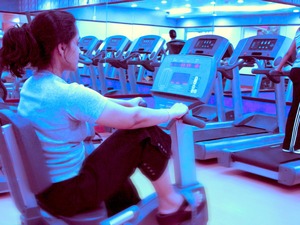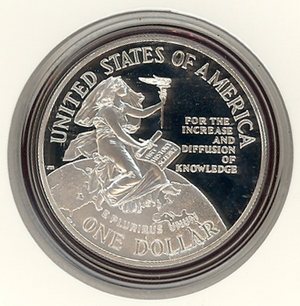It’s helpful to know your target heart rate because it can help you improve your cardiovascular fitness. Often, when I use an elliptical trainer or other cardio equipment, there is a graph on the display which typically shows a 65% column and an 85% column dissected by age. If you are at a loss as to how to use these percentages as I was, this article will help. Always check with your doctor first when starting an exercise program.
It’s a Formula
First, to find your Target Heart Rate or THR, (also called a Training Heart Zone which I prefer), you need to use a simple calculation or formula. This formula will find your level of exertion without you over-taxing yourself. In other words, your THR is your level of physical effort that is safe for you. Note that these formulas are approximations.
It Gives You a Range of Effort
This level of effort is in the form of a range of numbers (or zone) so you don’t have to worry about going beyond or below one particular number, you have some leeway. Learning and understanding this eased my mind. Now, instead of my heart rate being off the chart, literally when I took aerobics classes years ago, now it is within where it is supposed to be. I have consistently pushed myself to exercise a little longer on elliptical trainers and also to use more effort. I do this on an interval basis. I start at the low end of my range for 10 minutes, go to my mid-range for 10 minutes, and then go in spurts at my top range for 10 minutes totaling 30 minutes. Doing this over a period of weeks, made it easier to do 45 minutes starting at my mid-range.
My target heart range is 125 to 142 which frankly, feels a little low for me. Since these numbers are approximations, it is still helpful to know. I keep myself under 160 and don’t get off the elliptical trainer until my rate is under 150. Then, I walk around the track three times and finish all my water.
Your Maximum Heart Rate
The simplest formula is to take the number 220 minus your age. So, if you are 20-years-old, it would be 220 – 20 = 200. The number 200 is your maximum heart rate.
Your Resting Heart Rate
Take your resting heart rate when you first wake up in the morning or when you are relaxed. I take mine when I’m at the computer, relaxed. I use the second hand of the clock on my computer. Take your pulse for one minute or for 15 seconds then multiply your number of beats by 4. Or, you can count your pulse for the full minute. You can take your pulse on your wrist or the side of your neck with two fingers (not your thumb). Begin counting with the number “0” zero. You may want to take it several times or even over the course of several days to see if there is any difference, then use the average.
What is a Normal Heart Rate?
A normal heart rate is between 60 and 100 beats per minute. The more fit you become, the lower your heart rate will be. A person who is very athletic, may have a heart rate as low as 40 beats per minute. Mine is 69.
Example
Here is a person who is 20-yrs-old and has a resting heart rate of 65, using an elliptical training machine showing a 65% to 85% graph.
Minimum Training Heart Rate:
220 – 20 (Age) = 200
200 – 65 (Resting HR) = 135
135 x .65 (65% or Minimum Intensity) + 65 (Resting HR) = 153 beats per minute (bpm)
Maximum Training Heart Rate:
220 – 20 (Age) = 200
200 – 65 (Resting HR) = 135
135 x .85 (85% or Maximum Intensity) + 65 (Resting HR) = 180 beats per minute (bpm)
His/her training heart rate zone is 153 to 180 beats per minute.
If the display on the machine shows 153 for the bpm, then this person will be training at 65% Minimum Intensity of his/her target heart rate or training heart zone. It is the low end of the zone. There may not be much cardiovascular improvement staying at this lower end.
If the display shows 180 bpm, this person may be working hard and breathing hard and will be burning more calories at this upper end of the zone, or the 85% Maximum Intensity of the training heart zone.
Online Calculators
If you hate to do math, and this is all too confusing for you, you may want to use an online calculator to find your target heart zone. I like the Sparkpeople calculator. It also shows you a variety of percentages from 55% – 85% of your range
More From Marcella:
7 Obstacles and the Solutions to Finding Ways to Exercise
8 Tips to Avoid Signing Up With the Wrong Health Club
Exercise is the Best Thing I’ve Ever Done for Myself
3 Reasons Not to Eat 6 Meals a Day for Weight Loss
How to Get to Your Health Club Without Forgetting Your Lock, Your Hair Dryer, Your Flip-Flops, Your Sneakers, Etc




